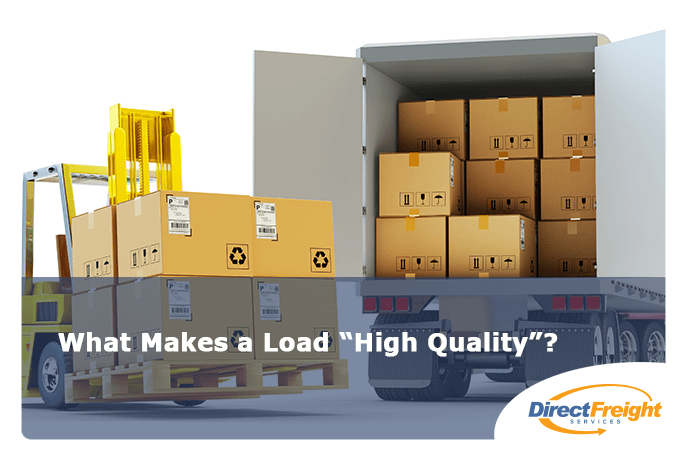Across the country, the high demand and shortage of licensed drivers have been pushing up the salaries of truck drivers, making it a rewarding and lucrative career choice. Drivers’ salaries can vary from state-to-state by nearly $20,000 with Alaska ranking highest when it comes to drivers’ salaries with a median of $56,250 as of May 2018 and West Virginia the lowest at $38,580. Drivers who regularly drive in large cities like New York tend to bring in a higher paycheck as well.
Many other factors that can affect the earnings of truck drivers too:
Experience
As with any job, the most experienced workers get the highest pay. This can be frustrating for drivers who are just starting in the industry and expecting a big paycheck. Some companies do pay entry-level drivers more than others do so it’s good to shop around and if the training facility where you obtained your CDL offers job placement help, try it. They may be able to find those higher-paying entry-level positions. Some companies shy away from first-year drivers because they’re a higher risk for carriers; their inexperience can cause deadlines to be missed or worse, it can lead to accidents on the road. If the driver sticks with it, and develops a good safety record, over time, he or she can increase their pay to upwards of $80,000 in a few short years.
Mileage
Long haul drivers generally earn more money than short route drivers but shorter routes have the bonus of allowing the driver to be home every night which may be better for drivers with families. Life on the road for long hauls isn’t easy. Long hours behind the wheel can be physically demanding and your route may take you away from home for extended periods. For many drivers, the higher pay makes it all worth it.
Endorsements
Endorsements to a CDL are added training and certifications for driving specialty cargo. They include HazMat, Double/Triple Trailers, Tanker, etc. Because there are fewer drivers qualified to carry this freight, a higher salary can be demanded.
Bonuses
Many carriers offer bonuses as incentives to attract drivers. They can be quite high but often carry with them some requirements. Bonuses can include:
- Sign-on bonus: often paid in 2 installments: one when you start and the other after you’ve been driving for the company for a specified time.
- Fuel efficiency bonus: given when you’ve met fuel consumption requirements
- Safety bonus: awarded when you’ve maintained a good safety record for a specified time.
- Referral bonus: Carriers are always on the lookout for good drivers. Referring drivers to them could earn you bonuses.
Owner/Operator
Drivers who earn the most are generally owner/operators which can bring in a salary as high as $184,803. Of course, there’s the added cost of the truck, which can be purchased or leased, insurance, business operating costs, and taxes, brings down that take-home pay, but they still can earn significantly more than drivers who drive carrier vehicles. Being an owner/operator is not for everyone, however, and takes discipline, responsibility, and organization. It can bring freedom, but earning a big salary is only accomplished by putting in the work and driving those miles.
Driving a truck remains one of the most common jobs in the country and is expected to continue to grow. With hard work, training, and a dedication to safety, drivers can earn an excellent living on the road.
Direct Freight Services allows truckers to find loads and allows companies to post their loads. The Direct Freight website also has many useful features such as mile calculators, fuel price data, weather conditions, turn-by-turn truck-specific routing and more.
To see how Direct Freight can work for you, go to DirectFreight.com today!
Sources:










